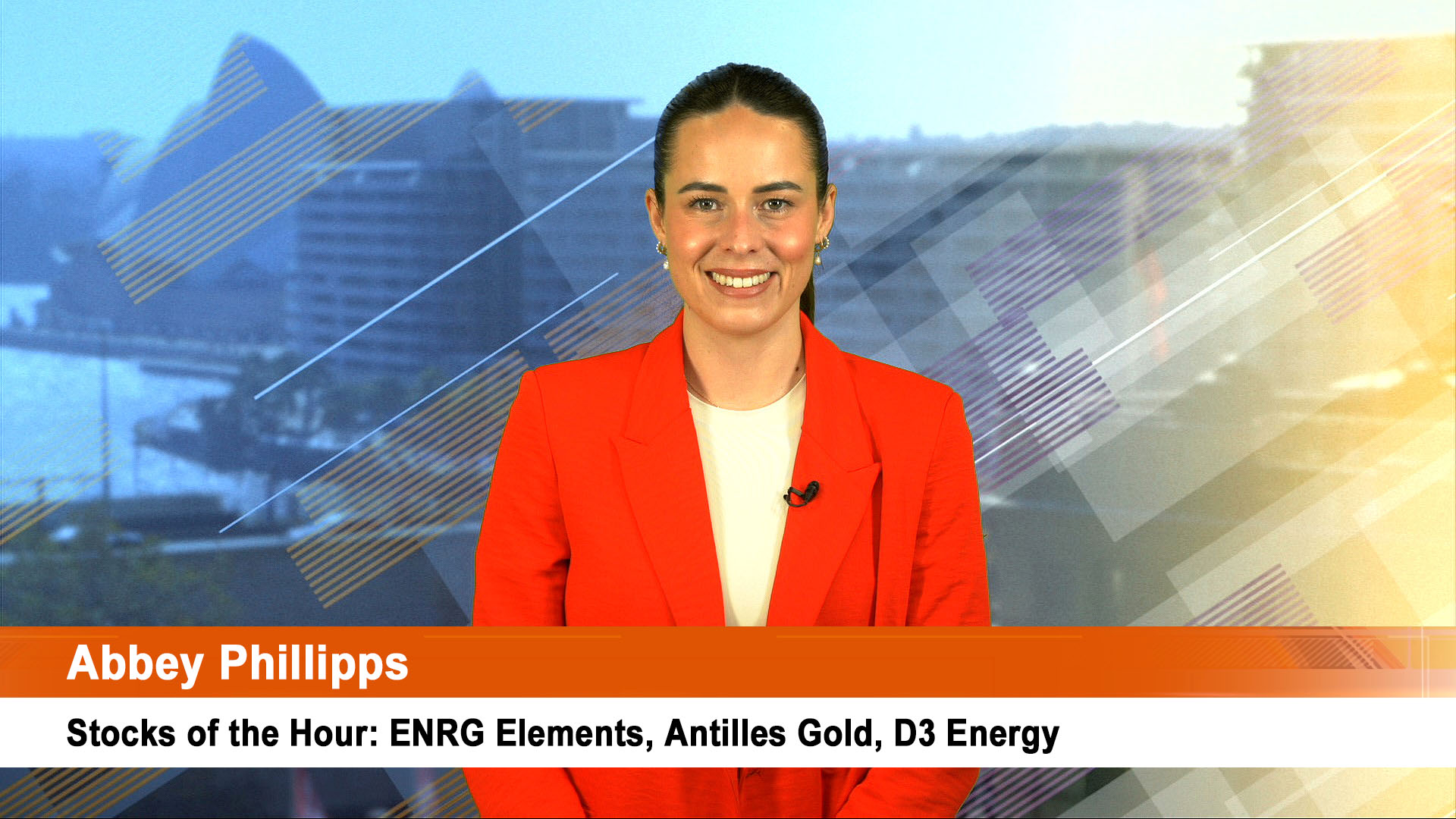There was two tiniest of bits of good news from the last of the monthly economic reports for October from China yesterday, as well as the usual collection of poor to horrid numbers.
Data issued yesterday showed a 0.1% rise in house prices in October, according to Reuters.
That was the first rise in more than year and represents a sharp improvement from the 6.1% slide earlier in the year
The 0.1% rise in new home prices in China’s 70 large cities was up from a 0.9% decline in September, a 2.3% fall in August and the 3.7% slide in July.
In March and April they fell at a record pace of 6.1%, the biggest drop since the data series started in 2011, according to analysis from Reuters and other sources.
Month-to-month prices rose 0.2% on average, the sixth straight monthly gain and the second bit of good news. But the rises were not uniform.
Top-tier cites (Shanghai, Beijing etc) continue to drive the improvement.
Home prices in Shanghai were up 10.9% year-on-year, up from and 8.3% rise in September. In Beijing, prices were up 6.5% in October, up from 4.7% in September. Not to be outdone, home prices in Shenzhen were up 39.9% , versus 37.6% in September – an obvious outlier.
Month on month, prices in Shanghai rose 1.9% in October from September, the quickest in four months. Prices rose 1.2% in Shenzhen, down from the 4% rate in September. They were up 0.6% in Beijing and 0.8% in Guangzhou, both slower than September’s rise from August.
New home sales last month were up 16% from a year earlier, the same as in September, but new home starts slumped 24% last month after the surprise 16% rise in September Property investment was up 2% in the first 10 months of 2015, unchanged from the same period in 2014.
And conditions remain weak in smaller cities and there is still a massive stock of unsold properties that continues to delay new investment and construction, and in turn reducing demand for materials from cement to steel (and therefore Australian iron ore and coal).
And offsetting two slivers of good news was a slide in the number of cities reporting rises and a rise in the number reporting falls
Xinhua newsagency reported that new home prices climbed month on month in 27 cities, down from 39 in the previous month. And 33 cities reported month-on-month pricefalls in October, up from 21 in September.
Home prices have received a boost recently from a variety of policy measures.
The People’s Bank of China has cut benchmark interest rates six times in the last 12 months, and reduced the reserve asset ratio five times, thereby allowing banks to increase loans (but much of it has gone to replace losses in the stockmarket slump or sent out of the country by nervy investors).
As well, the down-payment ratio in the government-sponsored Housing Provident Fund was cut from 30% to 20%, on second-home purchases, in September.
The minimum down-payment for first-time buyers was also cut from 30% to 25%, the first such move in 5 years. And remember, it is just not housing where demand is being stimulate by fiscal means – the tax on cars with engines of 1.6 litres or more was halved from October 1 until the end of next year and saw a 11% surge in new car sales last month.
And figures from China’s Finance Minister for October show that for yet another month, government spending ran well ahead of revenues.
Fiscal spending jumped 36.1% from a year earlier in October to 1.35 trillion yuan ($US210 billion), while fiscal revenue rose 8.7% to 1.44 trillion yuan, In the first ten months of the year, spending advanced 18.1%, more than double the 7.7% rise in revenues.
In other words, the level of stimulus from higher government spending is considerable, and yet this has been applied to an economy where there has been multiple rate cuts in the past year and those cuts in reserve ratios for all banks.
And the bottom line is that level of stimulus has had to have had an impact, if only to ease the pain of a much sharper underlying slowdown.
But looking at the continuing slide in commodity prices such as iron ore and copper, the small improvement in housing has not had any impact.













